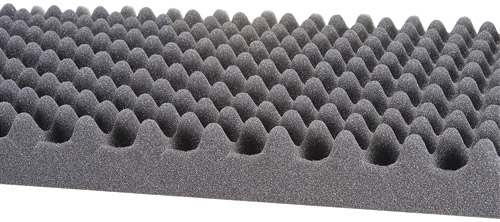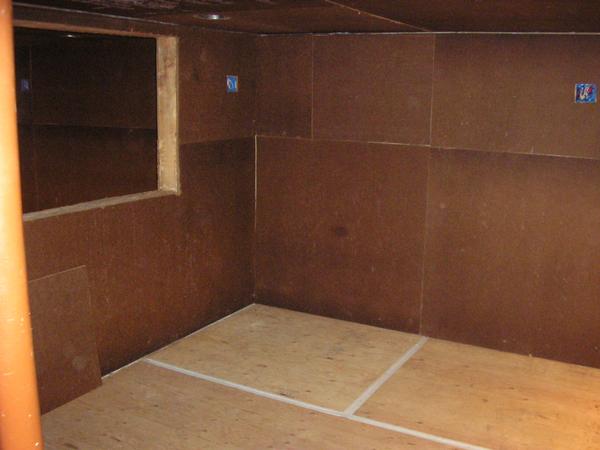As usual... A newb question about treating a recording area for foley, music, v.o.'s, and whatever else I need to capture sound for... I guess my question is, can I get away with 10-12 fleece blankets hanging on the walls, ceiling, and laid on the floors? It's a small room about 10x12 in my basement so concrete isolation is mandatory. Is there a low budget replacement for "egg-crate" or acoustic foam. I know any treatment is better than none, but as usual, budget limits quality. I shouldn't even ask since I know the reply's are going to be "spend the money", but if I can spend $70 rather than $150... I would rather. But if there's something for $80 or $90... then I would go for that to get better sound. 





